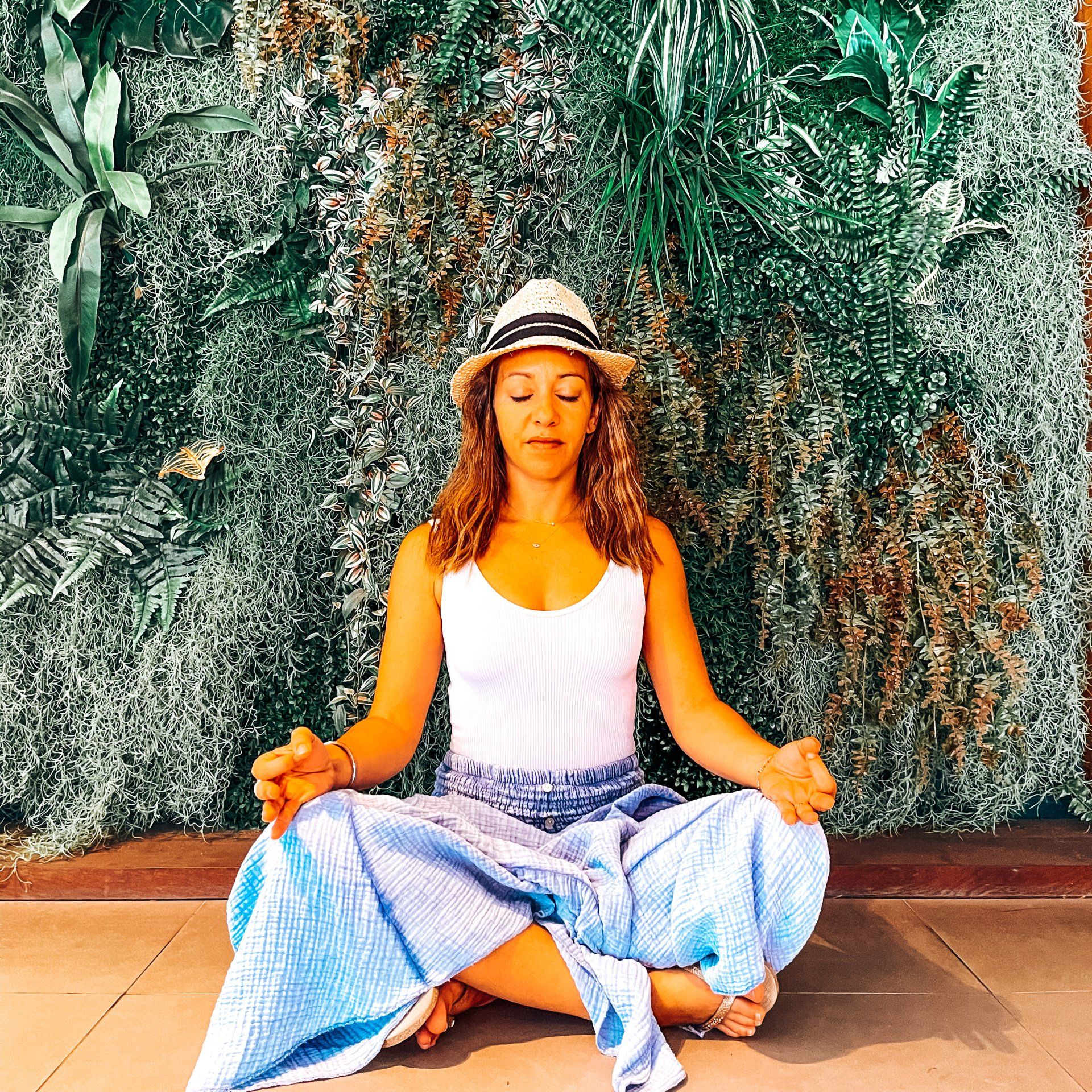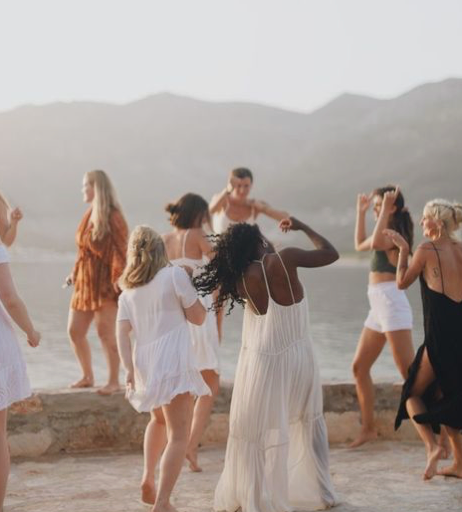Yoga and Breathing: How the Breath Transforms Your Practice
Yoga and Breathing: How the Breath Transforms Your Practice
Breathing: a pillar of yoga
In yoga, breathing is considered just as essential as the postures (asanas). It is not a simple accompaniment but a central element of the practice.
👉 Without conscious breath, the posture loses much of its effectiveness.
👉
With the breath, each movement becomes fluid, deep, and transformative.
Breathing allows you to:
- Harmonize body and mind.
- Amplify the energetic effects of postures.
- Prepare the mind for meditation.
In reality, yoga and breathing are inseparable—one cannot exist without the other.
What is pranayama?
The Sanskrit word Pranayama is composed of two parts:
- Prana = breath, vital energy
- Ayama = expansion, control
👉 Pranayama is therefore the art of mastering and expanding the breath.
Beyond simple inhalation and exhalation, pranayama refers to specific techniques designed to:
- Cleanse the body’s energy channels (nadis).
- Increase physical and mental vitality.
- Calm the nervous system.
- Prepare the mind for meditation.
Some pranayama practices are dynamic and energizing, while others are soothing and deeply relaxing.
Conscious breathing: a tool for healing
In yogic traditions, the breath is seen as a healing power. By consciously directing the breath to a specific area of the body, you can:
- Release energetic blockages.
- Improve the circulation of prana (life force).
- Accelerate regeneration and deep relaxation.
💡 Example: breathing deeply while visualizing the breath flowing into a tense area (like the shoulders or abdomen) helps release both physical and mental tension.
Why breathe through the nose in yoga?
Yogic breathing is almost always done through the nose, both when inhaling and exhaling.
Why?
- Air is filtered, humidified, and warmed.
- The sinuses and the energy center located between the eyebrows (ajna chakra) are stimulated.
- The respiratory flow becomes slower and deeper, calming the mind.
👉 Breathing through the nose is therefore much more than a mechanical action: it nourishes the body and soothes the spirit.
How to practice conscious breathing in yoga
Conscious breathing means engaging your mind with your breath. It requires observation and awareness of:
- The air entering and leaving the nostrils.
- The lungs filling and emptying.
- The muscles activating and releasing.
- The body as a whole finding calm.
💡 Practical tip: close your eyes to better visualize your breath and feel its depth.
The benefits of breathing in yoga
A conscious and regular breathing practice offers countless benefits for both body and mind.
Physical benefits:
- Improves blood circulation.
- Lowers blood pressure.
- Regenerates and relaxes the body.
- Boosts oxygenation and toxin elimination.
- Supports healing and strengthens the immune system.
Mental and emotional benefits:
- Reduces stress and anxiety.
- Clears the mind and enhances concentration.
- Improves memory and creativity.
- Releases nervous tension.
- Cultivates calmness and inner presence.
Simple breathing exercises to try
Abdominal breathing (for relaxation)
Lie down, place one hand on your belly, inhale deeply through the nose while expanding the abdomen, then exhale slowly.
Alternate nostril breathing (Nadi Shodhana)
Close one nostril, inhale through the other, then switch nostrils to exhale. This balances energy and calms the mind.
Kapalabhati (breath of fire)
An energizing practice of quick, active exhalations—ideal for detoxifying and stimulating energy.
Conclusion: to breathe is to live fully
Breathing in yoga is much more than an automatic reflex: it is a
gateway to vitality, healing, and inner peace.
Practicing pranayama means learning to reconnect with yourself, to listen to your body, and to cultivate balance.
👉 Conscious breathing is a simple practice, accessible to everyone, with immense benefits. Take a moment, inhale deeply… and feel life flowing through you.
And if you’d like to go further in your yoga journey, discover guided sessions, and explore the art of breathing in depth, join our online studio: www.yogadanse.eu 🌿
Because in yoga, every breath is a promise of transformation.
Namaste 🪷







